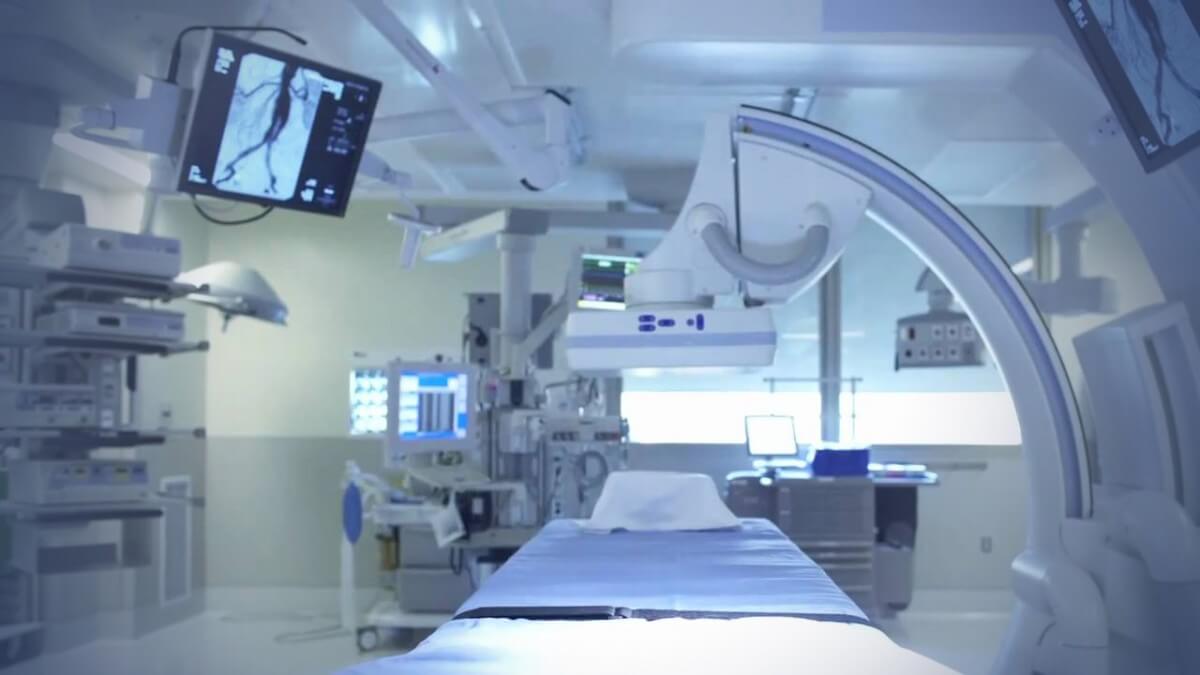If left untreated, peripheral artery disease (PAD) can lead to severe, debilitating leg pain or stubborn foot sores that worsen over time and refuse to heal without surgical intervention. Patients usually do not see a doctor until the wound has become serious and they have been told by a physician that a foot or leg amputation is their only option.
However, Dr. Lam specializes in amputation prevention and has years of experience in limb salvage and PAD treatment. Rarely does Dr. Lam conclude that amputation is the answer.
Why is it important to get a second opinion after an amputation diagnosis?
For patients facing a PAD diagnosis, especially those who are facing amputation, it’s a frightening and uncertain time. You may not know where to turn, and that’s where Dr. Lam comes in.
“A big part of my job as a vascular surgeon is education. Every patient I see, I try to educate not only about their disease, but what their treatment options are and how we can work together to best treat their individual concerns. There is no ‘one-size-fits-all’ answer, and my solution is almost never amputation.”
– Russell Lam, MD
Patients are often told by a doctor that their lower extremity needs to be amputated, and they will undergo the operation without ever getting a second opinion. In many cases, PAD, while complex in nature, can be successfully treated using minimally invasive techniques on an outpatient basis.
Sometimes it’s a simple procedure that completely changes a patient’s life and one that they may have never known about had they not sought a second opinion. To learn more about vein diseases and treatment check out this presentation.
Not-so-scary Surgery
Historically, PAD required invasive surgery that required a hospital stay and significant downtime.
The good news today is that amputations and invasive surgeries are far less common for PAD treatment due to the advent of endovascular (minimally invasive) procedures. Dr. Lam specializes in these types of procedures – including laser atherectomy and angioplasty with stenting – and has performed over 10,000 to date.
Potential benefits of minimally-invasive vascular procedures
1. Go home the same day – They’re performed in-office on an outpatient basis, which translates to no hospital stay.
2. Faster recovery with less pain – Since there are no major incisions or heavy anesthesia involved, the procedure is less painful and enables the body to heal quickly to get you back on your feet with very little downtime.
3. Better overall results – Endovascular procedures employ precise technology, allowing Dr. Lam to be able to accurately target the issues and resolve them successfully.
4. Safer – Since endovascular procedures do not require the large incisions of “open” surgery, they make the process of removing PAD blockages safer by limiting the risk of infection and other complications.
The best part? In many cases, these minimally invasive procedures can prevent amputation by restoring blood flow to the feet and legs.

Pictured above is an endovascular suite where Dr. Lam performs many limb salvage procedures on an outpatient basis.
—

Harvey Spurrell traveled all the way from Canada to see Dr. Lam after his wife insisted he get a second opinion regarding his foot amputation diagnosis. Fortunately, Dr. Lam was able to successfully treat Harvey’s peripheral artery disease and restore blood flow to his foot. Days after, Harvey returned to Canada with a healing foot and a happy, hopeful new lease on life.

